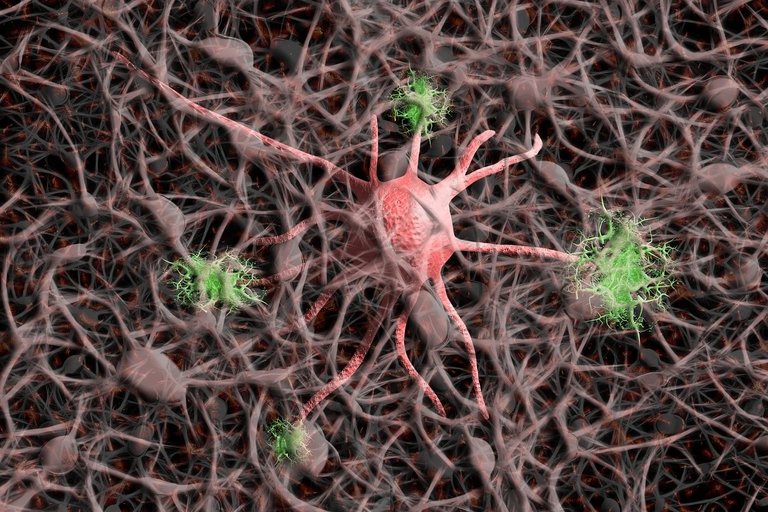Hey Stemsocial, it's Willy here, and today, we're diving into a fascinating journey through the complexities of our brains. The human brain, often praised as the most complex structure in the known universe, is home to a vast network of billions of neurons and trillions of synapses. Relax, if you're not into science, what I just said is brain cells. It serves as the epicenter of our thoughts, emotions, and consciousness. However, despite centuries of exploration, we've merely scratched the surface in our quest to comprehend this incredible organ. Now that's where the Human Connectome Project comes into play, a groundbreaking initiative dedicated to uncovering the hidden secrets within the neural labyrinth of our minds.

Unraveling the Brain's Mysteries:
Now I want you to imagine your brain as a massive metropolis, with each neuron (brain cell) representing a bustling intersection and each synapse a street connecting them. To navigate this city, we need a map – a connectome. The connectome is like Google Maps for the brain, providing us with a detailed route of how information flows through our neural networks.
The Human Connectome Project's Quest:
Now the Human Connectome Project, launched in 2009 aims to create a comprehensive map of the human brain's connections. It seeks to answer questions like, What makes you unique? How do your memories form? What goes awry in mental disorders?" By tracing the pathways of neural communication, scientists hope to answer these and more. The project employs cutting-edge techniques like functional magnetic resonance imaging (fMRI) and diffusion tensor imaging (DTI) to visualize brain activity and connectivity. With fMRI, scientists can see which areas of the brain become active during various tasks, while DTI reveals the highways along which nerve signals travel.
Why is this so important? Well, understanding the brain's connectome can lead to advancements in fields like neurology, psychology, and even artificial intelligence. It could help us devise better treatments for mental disorders, improve the precision of brain surgeries, and create more efficient AI algorithms.
The Connectome in Action:
Consider a simple act like playing the piano. The Human Connectome Project can show us that it involves the cooperation of diverse brain regions – motor areas for finger movements, auditory centers for listening to music, and memory regions for recalling melodies. By mapping these connections, we can better grasp how a pianist's brain orchestrates this beautiful symphony of neural activity.
Similarly, understanding the connectome can shed light on neurological conditions. For instance, in the case of Alzheimer's disease, the connectome reveals the degeneration of communication pathways, explaining why memory loss and cognitive decline occur.
Unlocking the Key to Individuality:
To me, one of the most fascinating aspects of the Human Connectome Project is its potential to unveil the essence of what makes each of us unique. Just as no two fingerprints are identical, no two connectomes are exactly the same. Your connectome is like a fingerprint for your mind, reflecting your experiences, memories, and thoughts. This personalized map could revolutionize the way we approach mental health and education, tailoring treatments and learning strategies to individuals.
Conclusion:
In summary, the Human Connectome Project is like an adventure into the inner workings of our most mysterious organ – the human brain. It helps us get closer to answering big questions like, "How does the brain work?" and "What makes us who we are?" By creating a map of the connections in the human brain, we're on a journey to understand how consciousness works, one connection at a time. So, as you think about the complexities of your own thoughts and actions, think of the connectome as your brain's GPS, guiding you through the complex city of your mind. What other secrets might this map reveal? Only time and more scientific research will tell.
Reference and Further Study:
Nih.gov/human-connectome-project
www.sciencedirect.com/science/article
www.nimh.nih.gov/research/research-funded-by-nimh/research-initiatives/human-connectome-project-hcp
